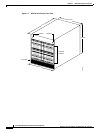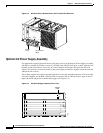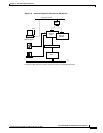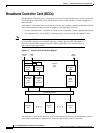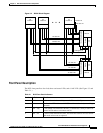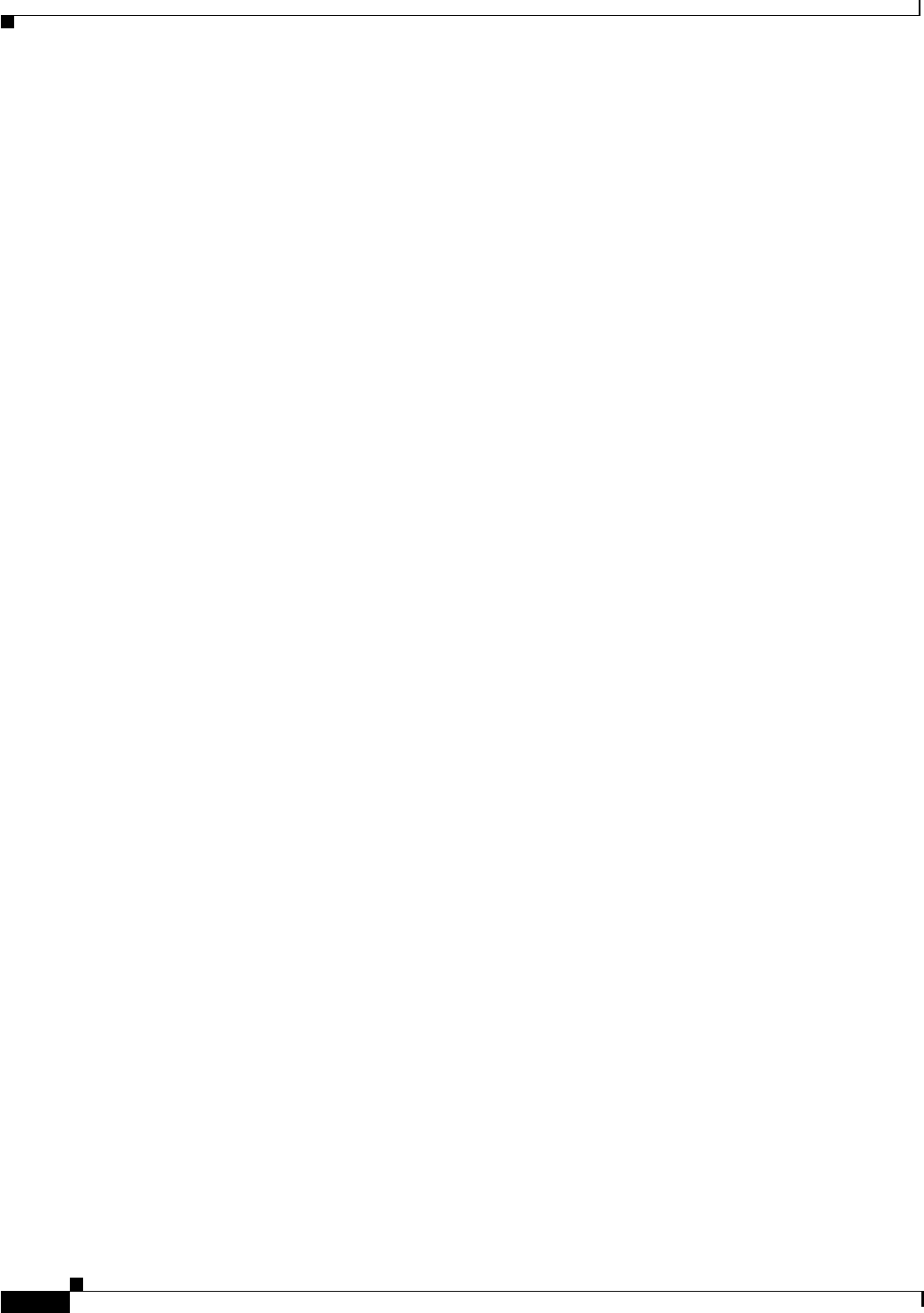
2-8
Cisco BPX 8600 Series Installation and Configuration
Release 9.3.10, Part Number 78-11603-01 Rev. D0, July 2001
Chapter 2 BPX Switch Physical Overview
Service Expansion Shelf PNNI
Service Expansion Shelf PNNI
The Cisco BPX SES PNNI Controller is an optional Service Expansion Shelf (SES) controller
connecteddirectlytoaBPX8600seriesswitchtoprovidePrivateNetworktoNetworkInterface
(PNNI) signaling and routing for the establishment of ATM switched virtual circuits (SVCs) and Soft
Permanent Virtual Circuits (SPVCs) over a BPX 8600 wide area network. However, the SES can be
used in several WAN switching applications and is not limited to function only as a BPX SES PNNI
Controller
Every BPX 8600 series switch that deploys PNNI signaling and routing is collocated and attached to a
BPX SES PNNI Controller. The BPX SES PNNI Controller uses Cisco’s Virtual Switch Interface (VSI)
protocol to control the BPX switch for its networking application.
The BPX SES PNNI Controller is a 7-slot chassis that contains two Processor Switch Modules (PXMs)
that run the PNNI and SVC software. One of the PXMs serves as the active processor, while the other
serves as the standby. The PNNI controller is mounted directly atop the BPX switch and cabled to it
through either the OC-3 ATM interface (Figure 1-3) or the DS3 interfaces (Figure 1-4).
For instructions on installing a Service Expansion Shelf in a BPX 8620 rack and initially powering up,
see Cisco Service Expansion Shelf (SES) Hardware Installation Guide. To configure an SES PNNI for
a BPX 8620, see the Cisco SES PNNI Controller Software Configuration Guide.
Optional Peripherals
At least one node in the network (or network domain if a structured network) must include a Cisco WAN
Manager network management station (see Figure 2-6).
A Y-cable may be used to connect the LAN ports on the primary and secondary BCC Line Modules,
through an AUI to the LAN network, because only one BCC is active at a time.
The serial Control port may be connected to a dial-in modem for remote service support or other dial-up
network management access. The serial Auxiliary Port can be used for incoming and outgoing data as
well as the Autodial feature to report alarms to Cisco TAC.





